Car
Pushrod vs pullrod: How F1 teams have tackled the suspension puzzle in 2024
by Rosario Giuliana
5min read
.jpg?cx=0.5&cy=0.5)
Just as the Formula 1 powertrain gained a renewed and perhaps more consequential role with the dawn of the turbo-hybrid in 2014, the ground effect era changed teams’ focus to different areas of the car in 2022. Now the focus is on the movement of the car through various phases and the greater effect the downforce that the floor can generate.
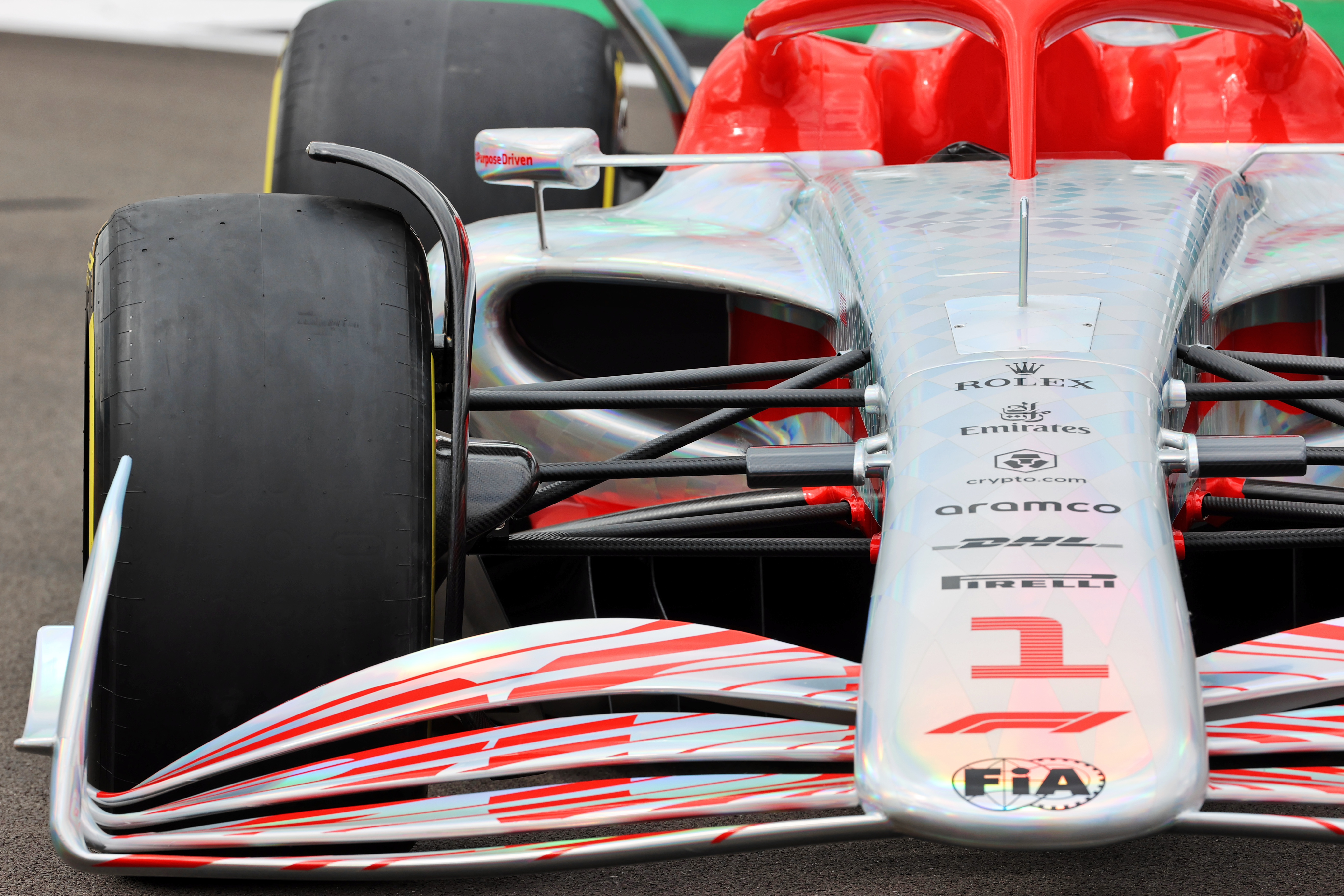
A new set of regulations for 2022 brought ground effect to the fore once again
To maintain the downforce-producing vacuum generated by the floor of an F1 car, that floor needs to be kept at a consistent height relative to the ground in different conditions such as acceleration, steering or braking.
Under braking, inertia causes a transfer of forces to the front of the car, which lowers the front end toward the ground. Conversely, under acceleration, the transfer of forces shifts back and lowers the floor. In cornering, the load shifts opposite to the direction of cornering.
As teams tackle these issues, a variety of solutions are visible on the F1 grid.
Does pullrod vs pushrod matter at the front of the car?
Red Bull was one of the first to interpret the new technical rules by building mechanics to make the car stable under various dynamic conditions. Front suspension has not been a significant area of change for Red Bull since 2022, with the RB19 and RB20 maintaining essentially the same winning design on aerodynamics and tyre management.
Whether it's pushrod or pullrod, as far as the front suspension is concerned, it doesn't matter so much, since from a performance point of view they are equivalent.
continues below
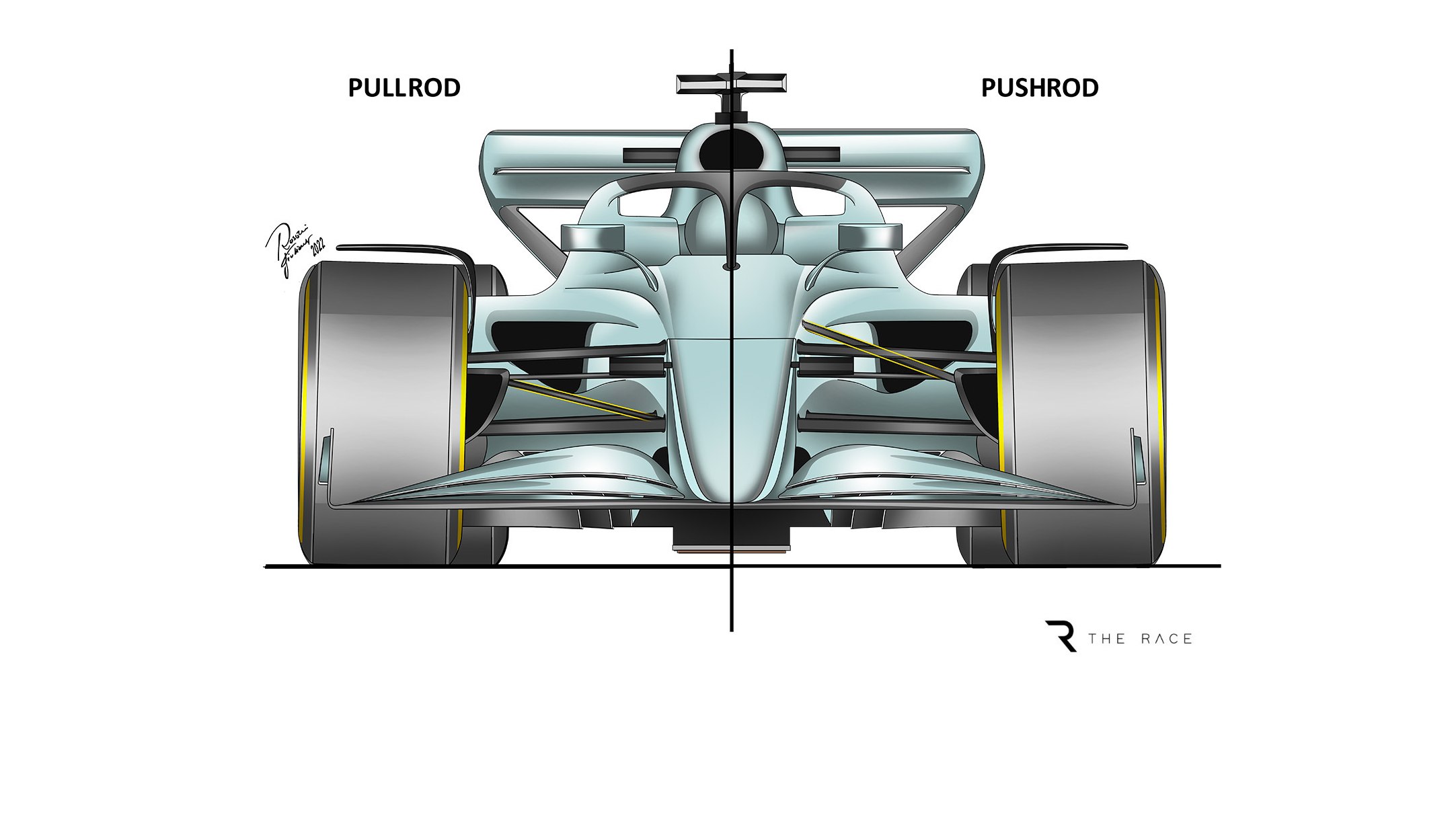
Pullrod suspension (L) compared to pushrod suspension (R)
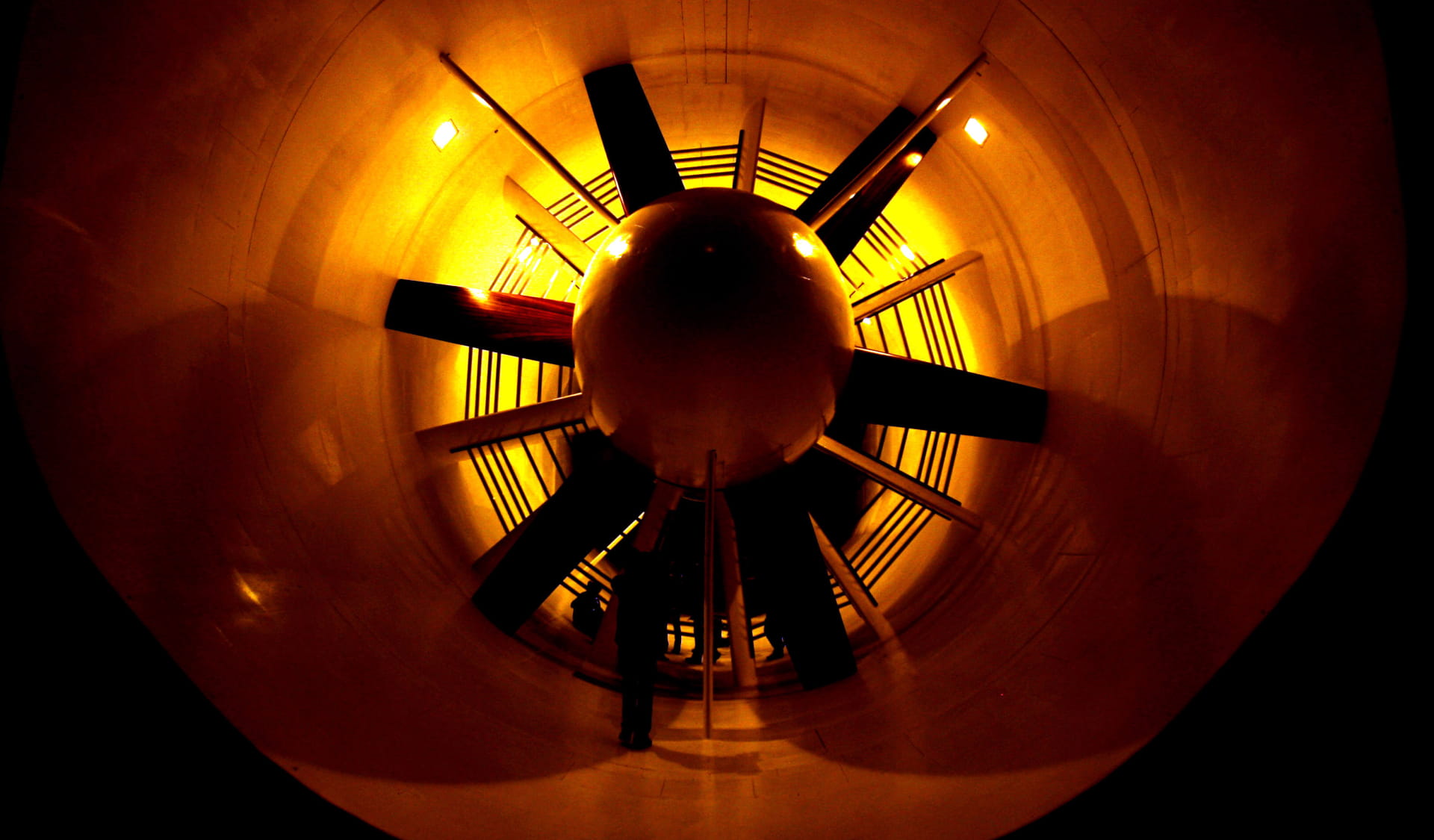
Innovation
Ground effect in F1: How aviation pioneers sparked a motorsport revolution
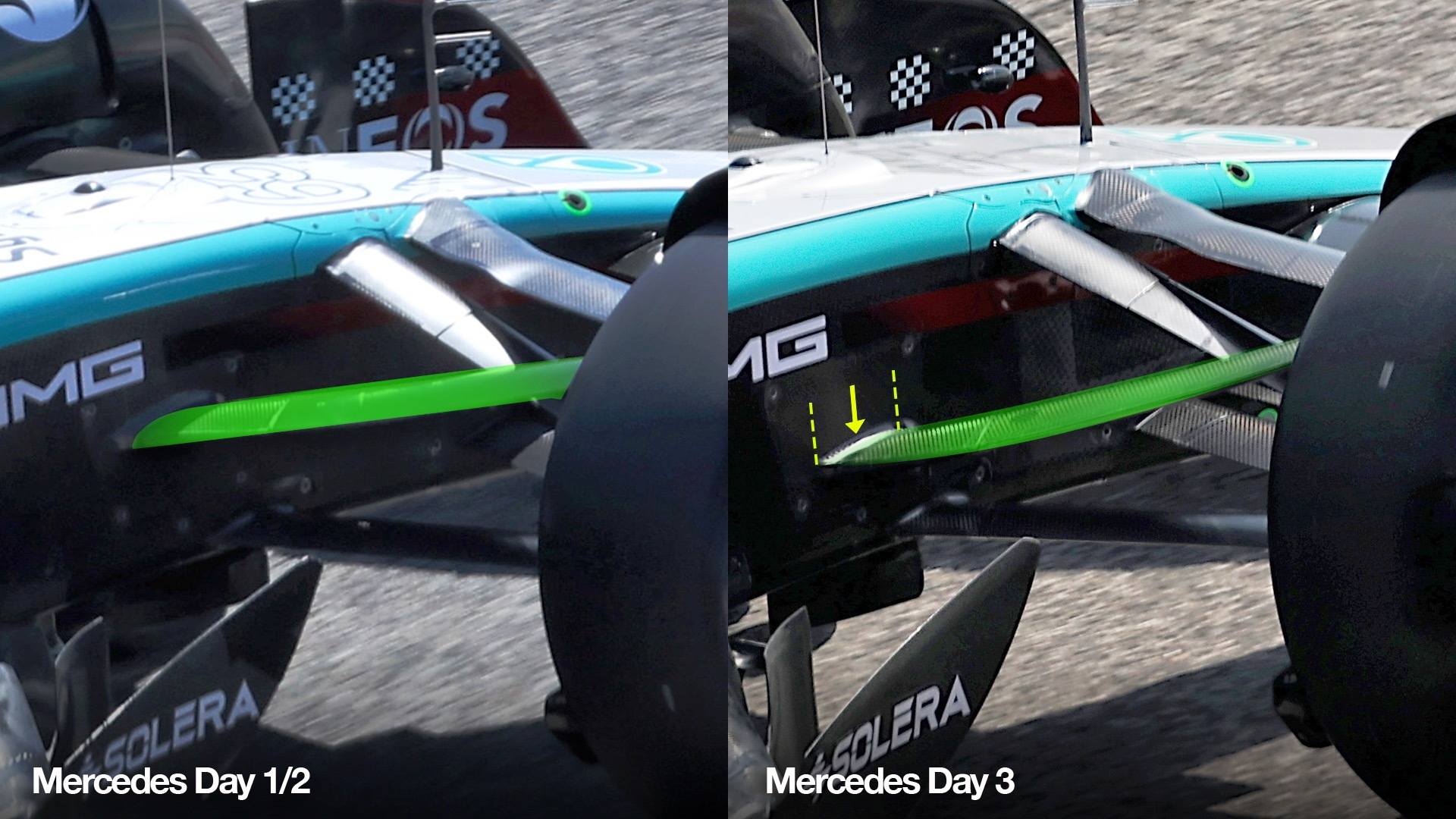
Mercedes moved its anti-dive suspension link lower on the final day of 2024 F1 pre-season testing
Ferrari bucks the rear suspension trend
While there is no clear aerodynamic advantage between pushrod and pullrod suspension at the front of the car, it’s a different situation at the rear of the car.
This season, various solutions are visible on the rear of the cars as teams attempt to increase the anti-lift and anti-squat effects.
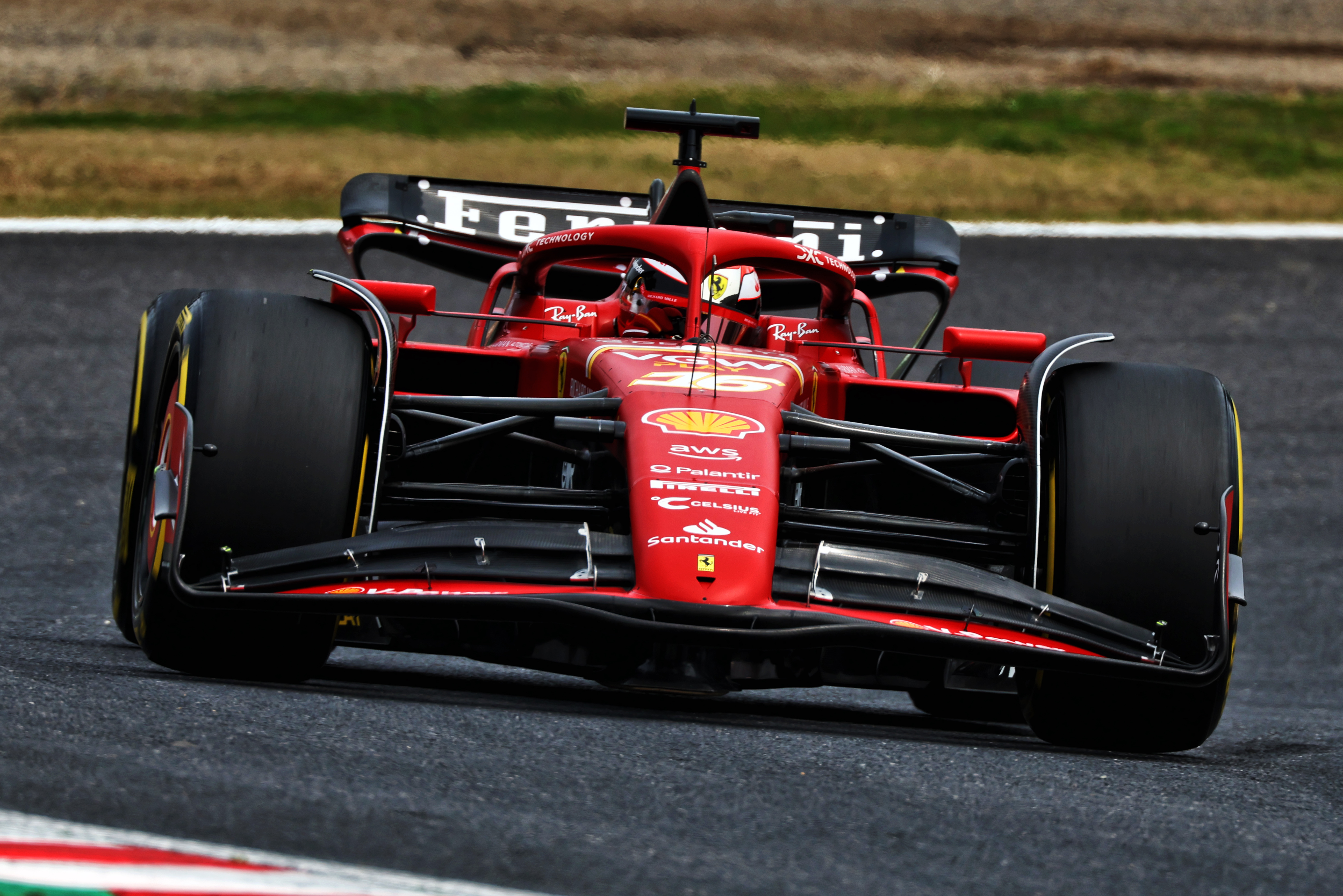
The 2024 Ferrari SF-24 has a pushrod set-up at the front and a pullrod set-up at the rear
Haas uses transferable parts from Ferrari, including suspension, which is why it also uses rear pullrod suspension.
The prevailing trend at the rears of the 2024 cars is pushrod – and the reasons are clear.
continues below
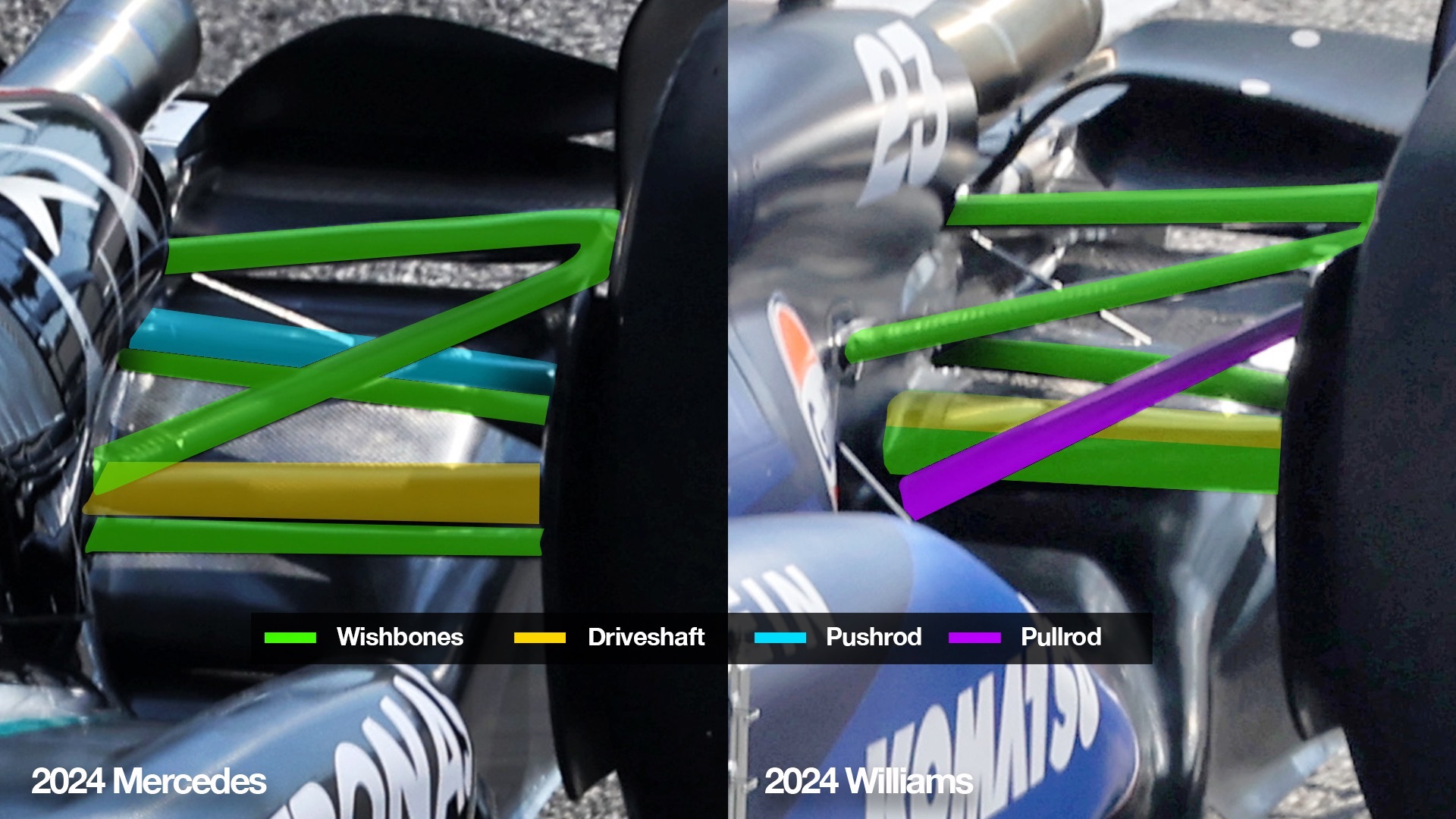
The Williams FW46 (R) uses pullrod suspension at its rear, while the Mercedes W15 (L) uses pushrod suspension
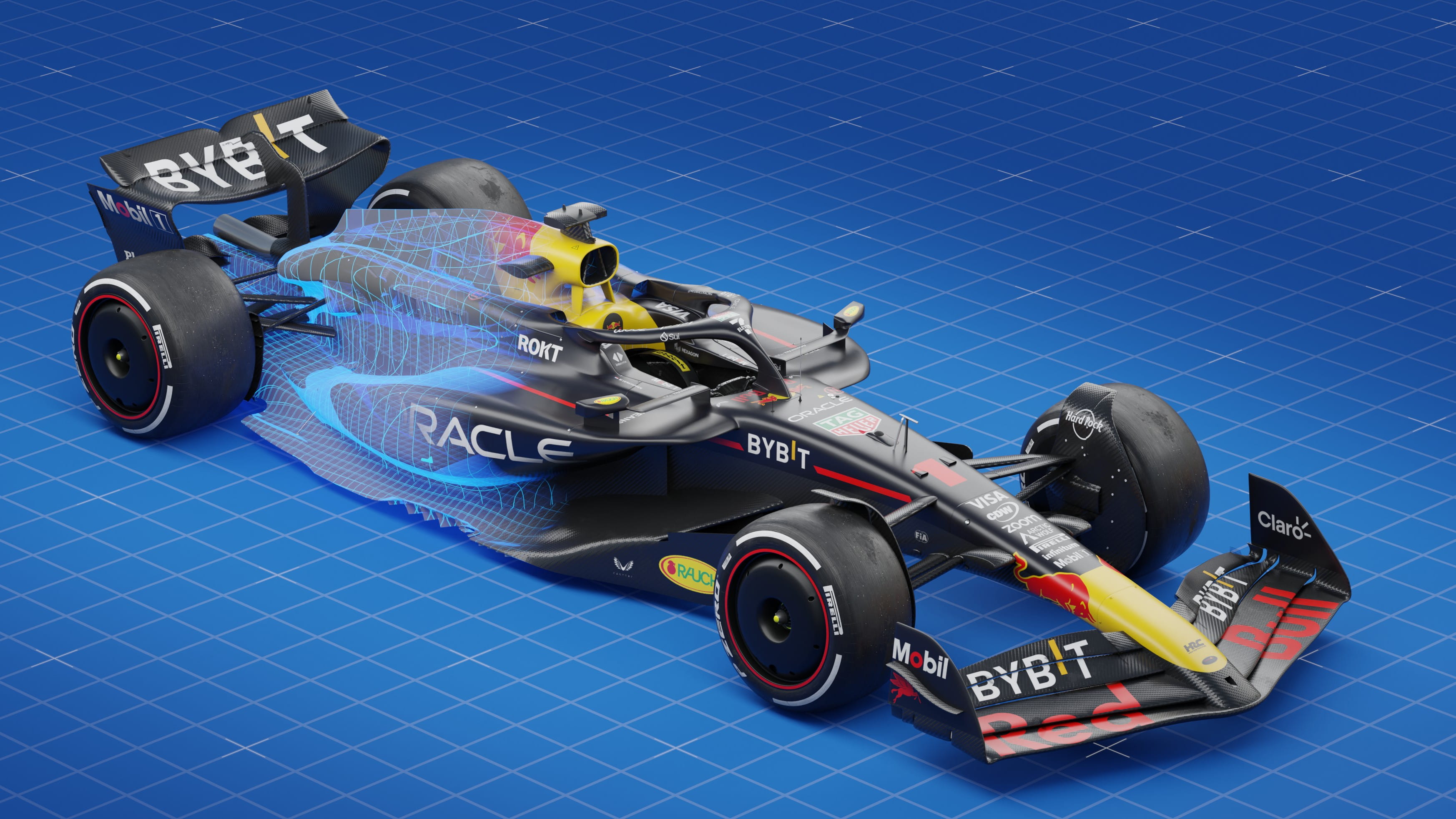
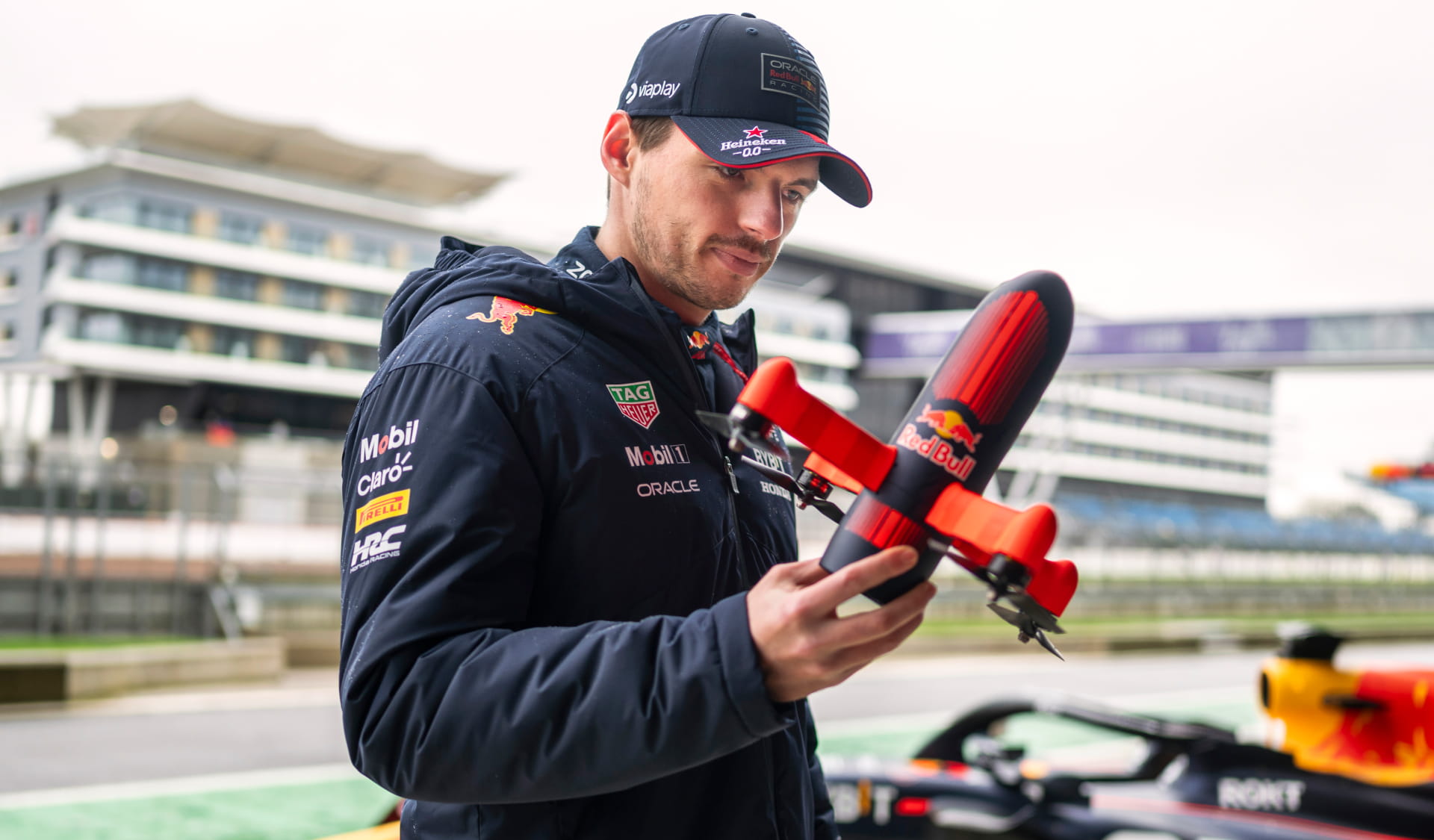
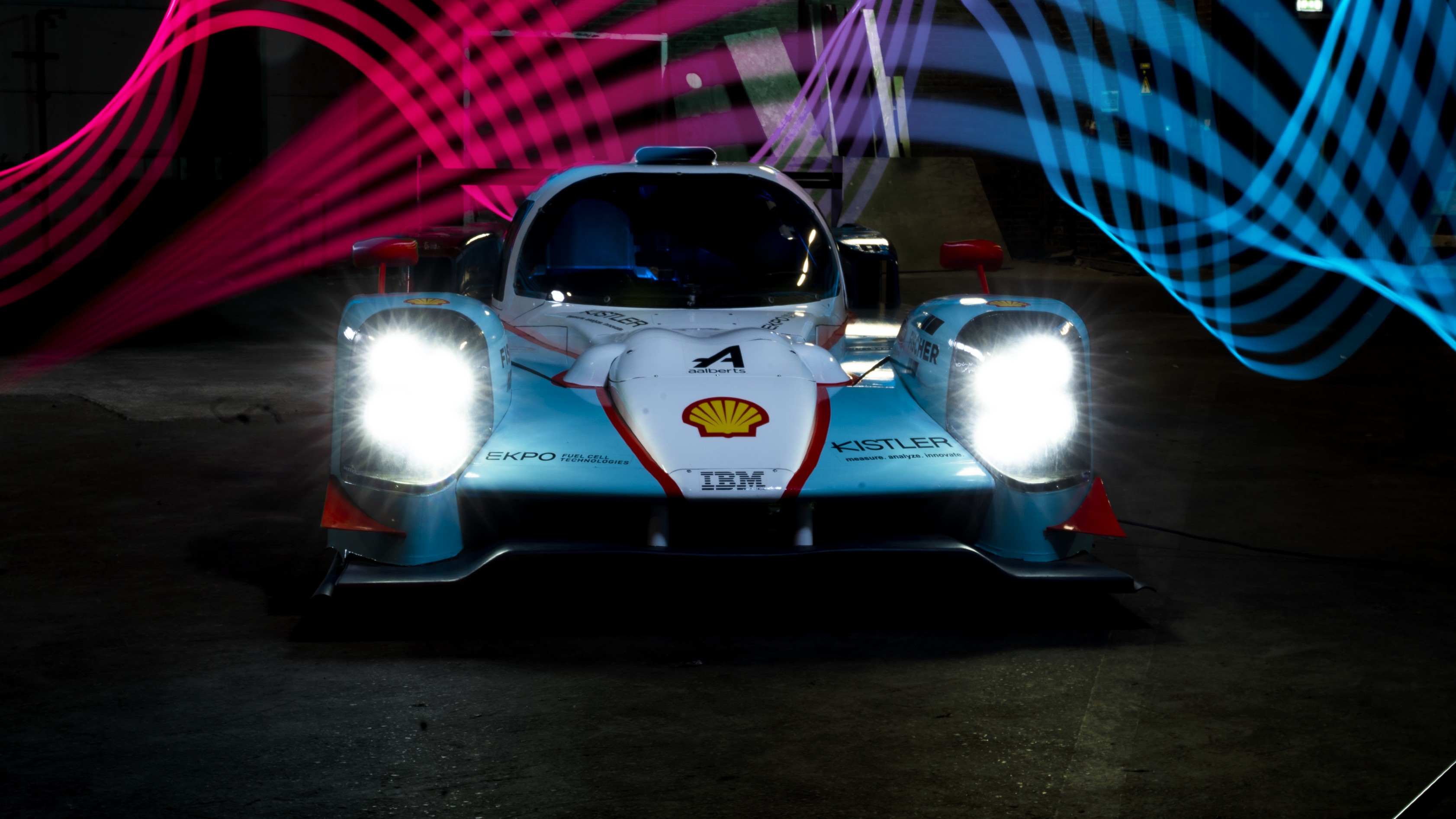
/image-(2).jpg?cx=0.5&cy=0.5)